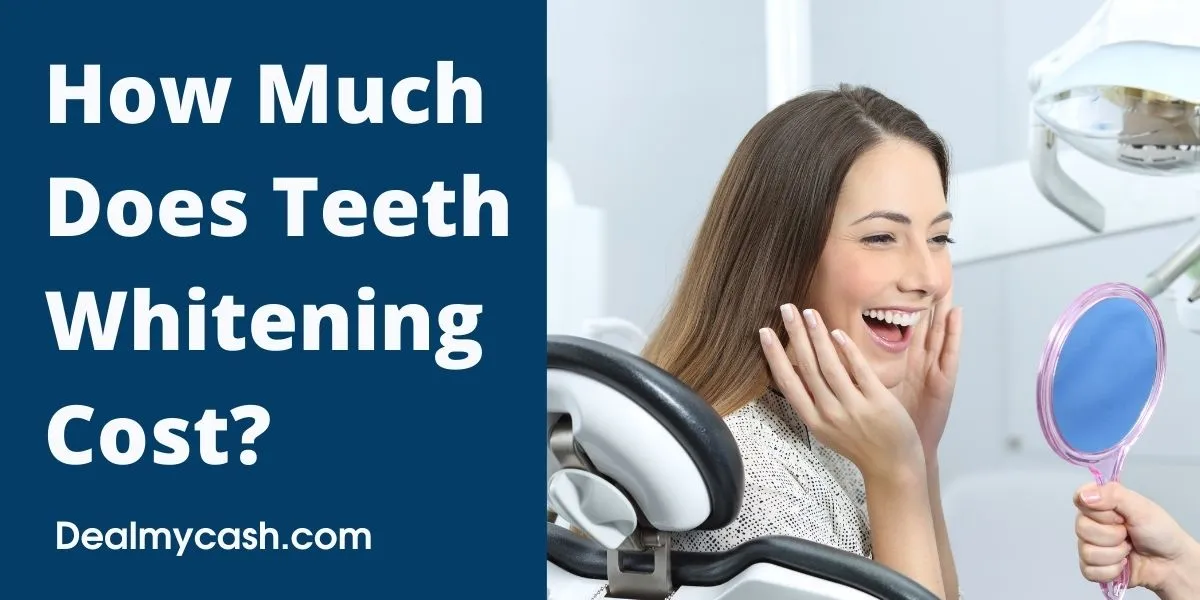What Influences Teeth Whitening Cost?
Understanding the cost of teeth whitening can seem complex, as several factors come into play. The price tag isn’t just a fixed number; it varies significantly based on the type of treatment you choose, the location of your dentist, and the extent of the procedure. This guide aims to break down these elements, offering a comprehensive overview of what influences the final cost and what you can expect to pay for a brighter smile in 2024. From professional in-office treatments to at-home kits, we’ll explore the various options and their associated price points, empowering you to make an informed decision that aligns with your budget and whitening goals. Moreover, we’ll look into how factors such as the severity of your teeth discoloration and insurance coverage can impact the overall cost.
Type of Whitening Treatment
The type of teeth whitening treatment is the primary driver of cost. Generally, you have two main avenues professional whitening performed by a dentist and at-home whitening kits. Each offers different levels of convenience, effectiveness, and expense. The decision between these often depends on individual needs, desired results, and budget constraints. This section delves into both options, providing a clear comparison to help you understand their respective advantages and disadvantages, thereby guiding you towards the most suitable choice for achieving a radiant smile.
In-Office Whitening
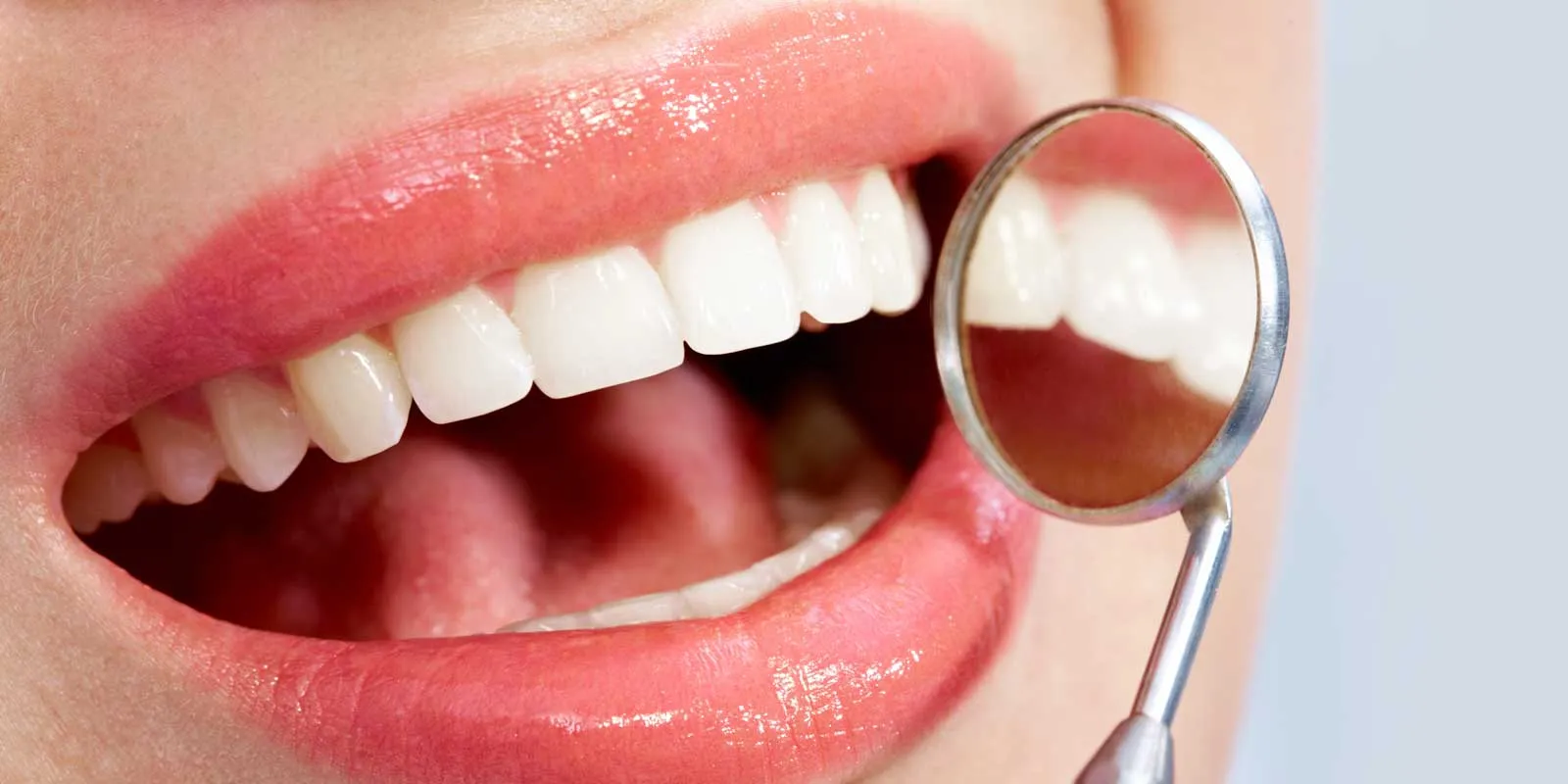
In-office teeth whitening, performed by a dental professional, typically yields the most dramatic and immediate results. This method involves a higher upfront cost but provides a controlled environment, ensuring safety and efficacy. The dentist applies a potent bleaching agent to your teeth and often uses a special light to accelerate the whitening process. The entire procedure usually takes about an hour, making it a convenient option for those seeking quick results. The cost of in-office whitening reflects the expertise of the dentist, the quality of materials used, and the efficiency of the process. While more expensive than at-home alternatives, the outcome is often a significantly brighter and more uniform smile. Average costs range from $500 to $1,000 or more. (See image In-office teeth whitening)
At-Home Whitening Kits
At-home teeth whitening kits provide a more budget-friendly alternative to professional treatments. These kits typically include custom-fitted trays or strips filled with a bleaching gel, allowing you to whiten your teeth in the comfort of your home. While the initial cost is lower, the process may require more time and diligence to achieve desired results. The effectiveness of at-home kits can vary, with results typically less dramatic than in-office procedures. The cost of these kits varies depending on the brand, the strength of the bleaching agent, and the inclusion of additional features. Over-the-counter options are generally the cheapest, while dentist-prescribed kits offer a balance of effectiveness and safety. Prices can range from $100 to $400 or more, depending on the type and brand. (See image at-home teeth whitening kit)
Professional Whitening Cost Breakdown
When considering professional teeth whitening, it’s essential to understand the various components that contribute to the overall cost. The final price isn’t just a single fee for the procedure but encompasses several elements, each playing a role in the total expense. From initial consultations to post-treatment care, each step adds to the overall cost. This section offers a detailed breakdown, providing clarity on where your money goes and what you are paying for. Understanding these components helps you make informed decisions and manage your expectations regarding the costs involved in achieving a brighter smile.
Initial Consultation
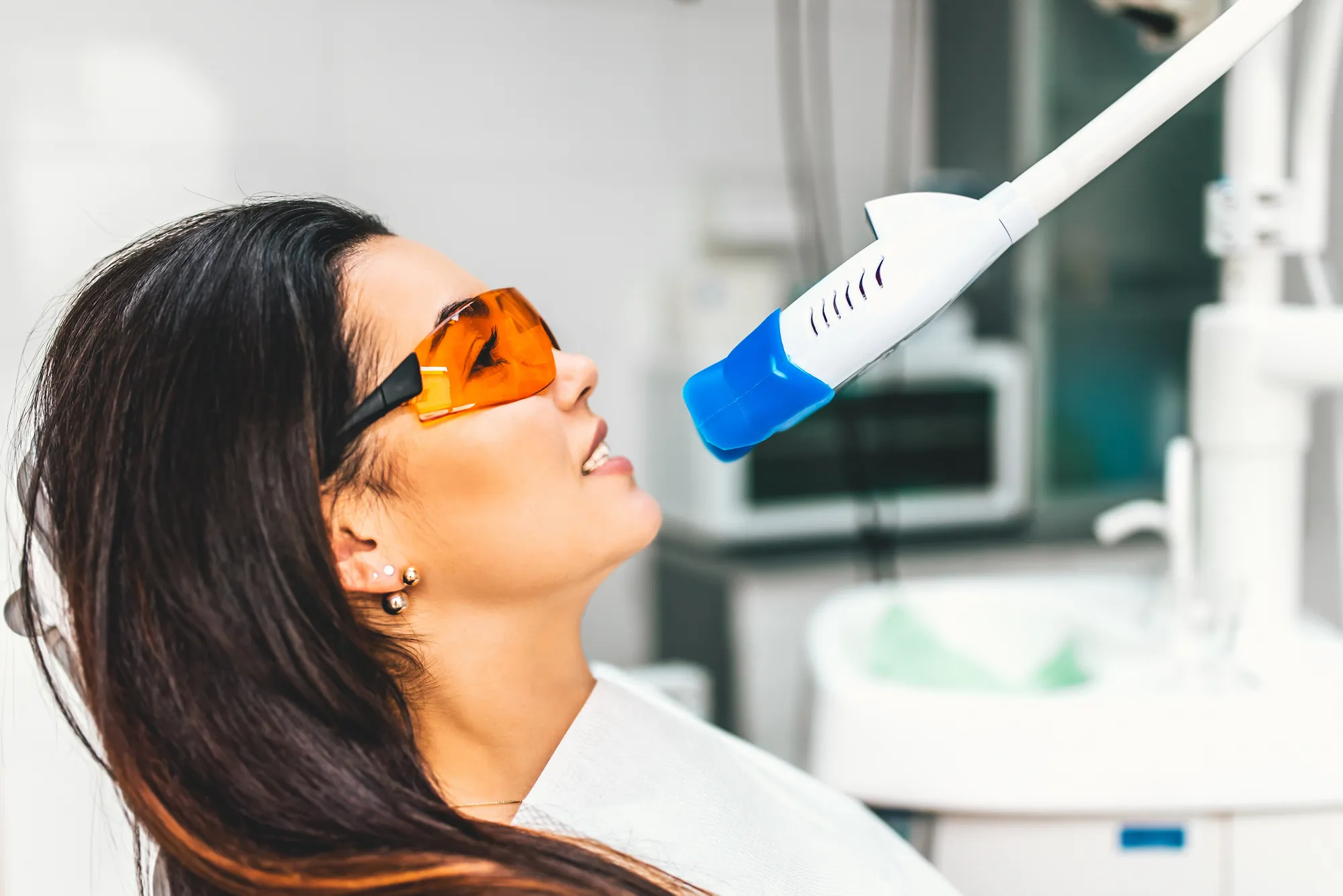
Before any teeth whitening procedure, a dental consultation is crucial. This initial visit allows your dentist to assess your oral health, determine the cause of your discoloration, and recommend the most appropriate treatment plan. During the consultation, the dentist will examine your teeth and gums, discuss your expectations, and explain the procedure in detail. The cost of a consultation typically ranges from $50 to $200, depending on the dentist and the complexity of the examination. This step is essential as it ensures that teeth whitening is safe and effective for your specific dental condition, preventing any potential complications and optimizing the results. (See image teeth-whitening-consultation)
Teeth Cleaning
Prior to teeth whitening, a professional cleaning is often recommended. This step removes plaque, tartar, and surface stains that can hinder the whitening process. A clean surface allows the bleaching agent to penetrate the enamel more effectively, leading to better results. The cost of a teeth cleaning typically ranges from $75 to $200, depending on the location and the extent of the cleaning required. This investment is crucial for preparing your teeth for whitening and maximizing the effectiveness of the treatment. By eliminating surface debris, the cleaning ensures that the whitening agent can work optimally, providing a more even and brighter result.
Whitening Procedure
The actual whitening procedure is where the bulk of the cost lies. This involves applying a bleaching agent to your teeth, often with the assistance of a special light or laser to accelerate the process. The dentist carefully controls the application, ensuring safety and efficacy. The cost of the whitening procedure itself varies depending on the type of treatment. In-office whitening, known for its immediate results, is generally more expensive. This cost reflects the expertise of the dentist, the quality of the materials used, and the specialized equipment. At-home whitening kits, on the other hand, are less expensive, although they may require multiple applications over several weeks to achieve the desired results. The average cost is between $300 to $600 per session. (See image teeth-whitening-before-after)
Factors Affecting Cost of Teeth Whitening
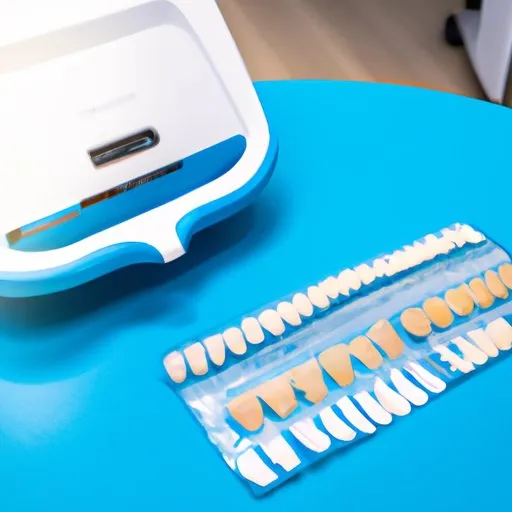
Several factors can significantly influence the cost of teeth whitening. These factors include the dentist’s location and experience, the severity of your teeth discoloration, the number of treatments required, and whether your insurance covers any portion of the costs. Understanding these elements helps you anticipate the total expense and make informed decisions about your treatment options. Furthermore, being aware of these variables allows you to compare prices and choose a provider that aligns with your budget and expectations. This section breaks down these key factors, providing clarity on how they impact the overall cost of achieving a brighter, whiter smile.
Location and Dentist’s Experience
The location of your dental practice and the experience level of your dentist can significantly impact the cost of teeth whitening. Dentists in urban areas or those with higher overhead costs may charge more. Furthermore, dentists with extensive experience and specialized training in cosmetic dentistry often command higher fees due to their expertise. While it might be tempting to choose the cheapest option, consider the value of experience and reputation. A dentist with a proven track record and positive patient reviews can ensure a safer and more effective treatment. Researching different practices and comparing prices, considering the dentist’s qualifications and the clinic’s reputation, is essential for making an informed decision. (See image location-dentist-experience)
Severity of Discoloration
The severity of your teeth discoloration plays a significant role in determining the cost of teeth whitening. If your teeth have minor stains or slight discoloration, a single in-office treatment or a short course of at-home whitening might suffice. However, more severe stains, such as those caused by medication or intrinsic factors, may require multiple treatments or stronger bleaching agents. The greater the severity of the discoloration, the more sessions you might need, increasing the overall cost. Therefore, before undergoing any procedure, your dentist will assess the level of discoloration and tailor a treatment plan accordingly. This assessment ensures that the recommended whitening method is appropriate and effective, which will impact the overall cost.
Number of Treatments

The number of teeth whitening treatments needed is directly correlated with the overall cost. In-office whitening usually involves a single session, providing immediate results. However, in some cases, multiple sessions may be required to achieve the desired level of whitening, particularly for severe discoloration. At-home whitening, on the other hand, often involves a series of applications over several weeks. The more treatments you need, the greater the cost. If your initial assessment reveals a need for multiple sessions, discuss the payment options with your dentist. This can range from package deals to payment plans. This will allow you to factor the expense into your budget and make informed financial decisions.
Insurance Coverage
In most cases, teeth whitening is considered a cosmetic procedure and is not covered by dental insurance. However, it is always advisable to check with your insurance provider to understand your policy’s specifics. Some dental plans may offer limited coverage for teeth whitening if it is deemed medically necessary due to certain health conditions. Even if your insurance doesn’t cover the entire cost, it might provide some assistance. If insurance coverage is not available, inquire about payment plans or financing options. Many dental practices offer these alternatives to make treatments more affordable. These options make it easier to manage the cost of your teeth whitening treatment.
Alternatives and Cost-Effective Options
If professional teeth whitening seems beyond your budget, several alternatives can help you achieve a brighter smile without breaking the bank. These options include over-the-counter products and DIY methods. While these alternatives may not offer the same dramatic results as professional treatments, they provide cost-effective ways to improve the appearance of your teeth. Understanding these options helps you choose a method that aligns with your budget and whitening goals. Always consult with your dentist to ensure any alternative method is safe and suitable for your dental health.
Over-the-Counter Products
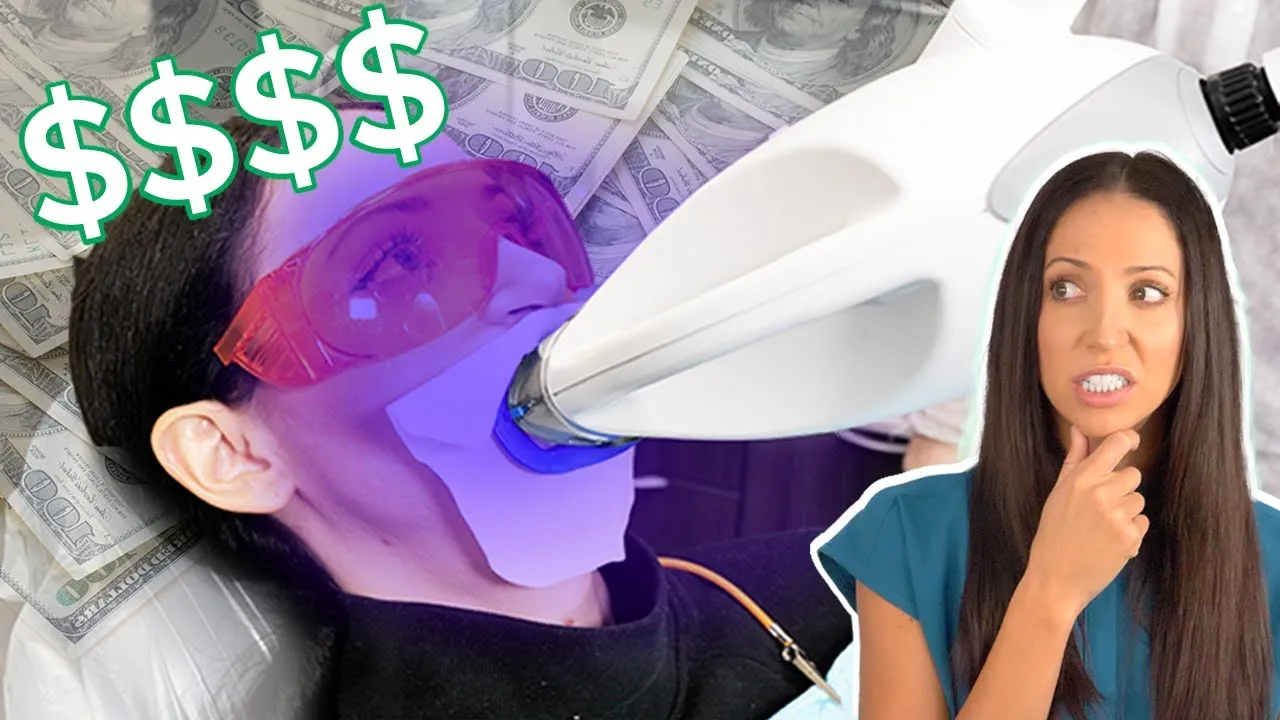
Over-the-counter (OTC) teeth whitening products are readily available at drugstores and supermarkets. These products include whitening toothpaste, strips, and gels. Whitening toothpaste contains mild abrasives and chemicals that remove surface stains, while whitening strips and gels contain a lower concentration of bleaching agents. OTC options are budget-friendly and easy to use. However, they may not be as effective as professional treatments, and results may take longer to appear. Before using any OTC product, read the instructions carefully and consult with your dentist to ensure they’re safe for your dental health. Look for products with the American Dental Association (ADA) Seal of Acceptance. (See image over-the-counter-whitening)
DIY Teeth Whitening
DIY teeth whitening methods involve using household items to whiten your teeth. Popular options include baking soda and hydrogen peroxide. Baking soda acts as a mild abrasive, and hydrogen peroxide has a bleaching effect. While these methods are inexpensive, their effectiveness is often limited. It’s important to proceed with caution, as these methods can potentially damage your enamel or irritate your gums. Always consult with your dentist before trying DIY teeth whitening, to avoid any adverse effects. They can guide you on safe and effective options and ensure that your teeth whitening efforts are beneficial to your oral health. Be aware of unproven methods.
Maintaining Your White Smile
After investing in teeth whitening, it’s essential to take steps to maintain your bright smile. Maintaining your results requires a combination of good oral hygiene practices and lifestyle adjustments. By adopting these habits, you can prolong the effects of your teeth whitening treatment and keep your smile looking its best. Proper maintenance protects your investment and helps maintain your dental health in the long run. This section provides essential tips and guidelines to help you maintain your radiant smile for years to come.
Regularly brushing your teeth at least twice a day with fluoride toothpaste is crucial to removing surface stains and preventing new ones from forming. Flossing daily helps remove plaque and bacteria from hard-to-reach areas, which can contribute to discoloration. Additionally, using a mouthwash can help freshen your breath and provide an extra layer of protection against stains. These practices keep your teeth clean and bright, enhancing the results of your whitening treatments. Professional cleanings, every six months, are also crucial, as they remove tartar and surface stains that regular brushing cannot. (See image maintaining-white-teeth)
Certain foods and beverages can stain your teeth. Limiting your consumption of coffee, tea, red wine, and dark-colored fruits can help reduce the risk of stains. If you consume these items, brush your teeth soon after, or rinse your mouth with water. Additionally, avoid smoking and using tobacco products, as they are major contributors to teeth discoloration. These steps help you maintain your smile by minimizing factors that can cause staining. A healthy diet, rich in fruits and vegetables, not only benefits your overall health but also contributes to maintaining your smile.
If you’ve had professional whitening, your dentist may recommend touch-up treatments to maintain your results. These touch-up sessions help keep your teeth looking their best. Consider using at-home whitening products, as directed by your dentist, to extend the life of your whitening. Consistent maintenance ensures a bright and healthy smile for years to come, preserving the investment you made in teeth whitening and boosting your confidence.
